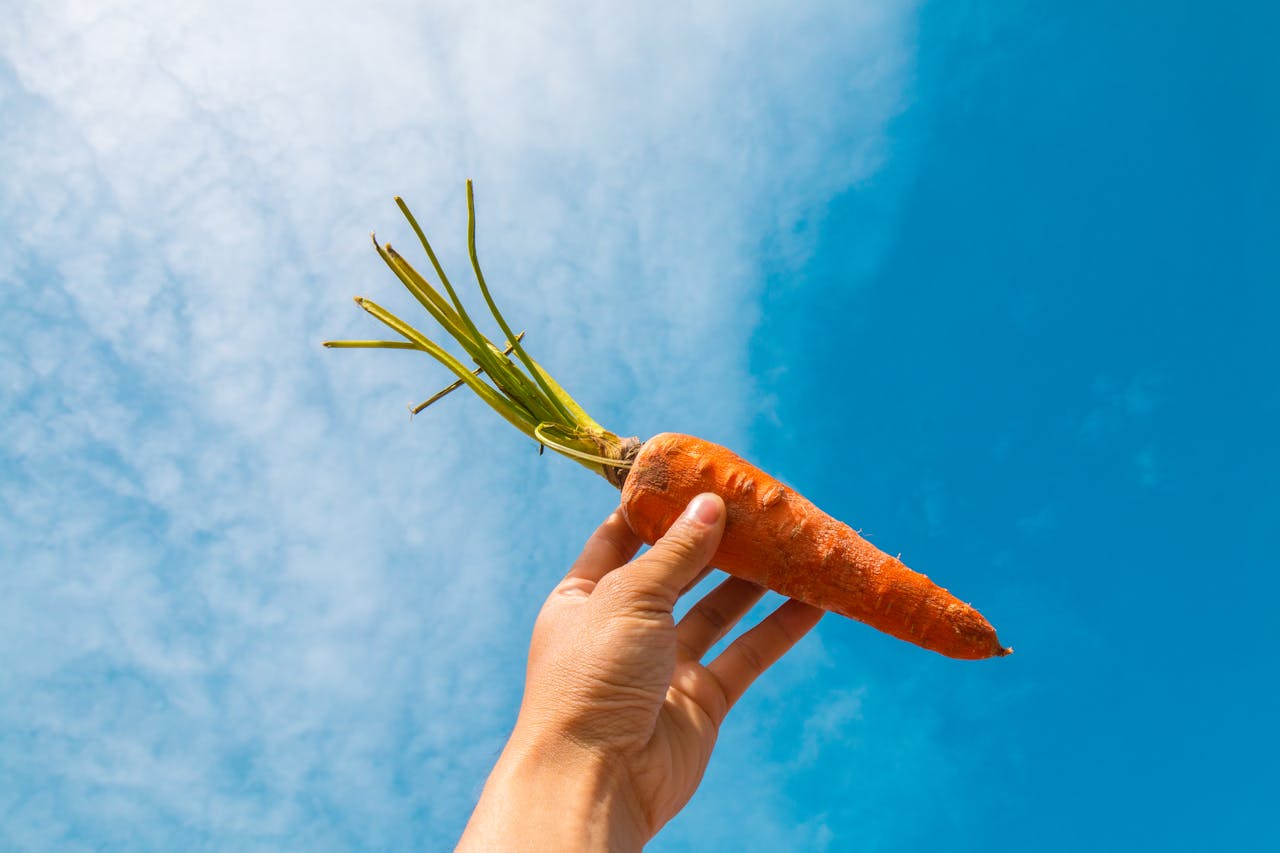A Comprehensive Guide to Carrot Halwa (Gajar Ka Halwa)
Carrot halwa, or Gajar Ka Halwa, is a beloved dessert in Indian and Pakistani cuisine, known for its rich, sweet, and comforting flavor. Here’s a detailed guide on how to make this delicious dessert and some interesting facts about its history and variations.
Ingredients
To make traditional carrot halwa, you will need the following ingredients:
- Carrots: 8-9 medium-sized, juicy carrots (approximately 650 grams or 4-4.5 cups when grated)[4].
- Milk: 4 cups of whole milk or full-fat organic milk[4].
- Ghee: 4 tablespoons of clarified butter[4].
- Sugar: 10-12 tablespoons of sugar (or to taste)[4].
- Spices: ½ to 1 teaspoon of cardamom powder or 5-6 green cardamoms powdered finely[4].
- Nuts and Dried Fruits: Chopped cashews, almonds, and golden raisins for garnish[4].
Preparation Method
Here is a step-by-step guide to preparing carrot halwa using the traditional method:
Step 1: Prepare the Carrots
Rinse, dry, peel, and trim the carrots. Grate them using a box grater or a food processor[4].
Step 2: Cook the Carrots
Add half of the ghee to a heavy-bottomed pan and sauté the grated carrots over medium heat for about 5 minutes. This helps remove excess moisture from the carrots and enhances their color[4].
Step 3: Add Milk
Stir in the whole milk and cook on medium heat, stirring frequently. Scrape the milk solids that form on the sides of the pan and mix them back into the carrots. Continue cooking until the milk is about 90% evaporated, which can take around 50 minutes to an hour[4].
Step 4: Add Sugar and Spices
Once the milk has reduced significantly, add the sugar, remaining ghee, and cardamom powder. Mix everything well. The halwa will initially look watery as the sugar melts, but continue cooking until it thickens again and most of the remaining milk evaporates, which takes about 5-10 minutes[4].
Step 5: Add Nuts and Dried Fruits
Towards the end of cooking, add chopped nuts and dried fruits like cashews, almonds, and golden raisins. Simmer for a few more minutes until everything is well combined and the halwa has reached the desired consistency[4].
Alternative Cooking Method Using Instant Pot
For a quicker and more convenient method, you can use an Instant Pot:
- Combine Ingredients: Add 4 to 4.5 cups grated carrots, 1.5 cups whole milk, ½ cup sugar, and 4 tablespoons ghee to the Instant Pot.
- Pressure Cook: Pressure cook on high for 3 minutes and then do a quick pressure release.
- Sauté: Switch to the sauté mode and cook for 5-10 minutes, stirring frequently, until the halwa thickens.
- Add Garnishes: Add nuts and dried fruits towards the end of cooking[1].
Historical Background
Carrot halwa has a rich historical background:
- The word “halwa” comes from the Arabic term ‘hulw,’ meaning ‘sweet.’ It was introduced to India through trade during the Mughal Empire era[2].
- Carrots, specifically the orange variety, were brought to India by the Dutch in the 17th century as a tribute to William III, the Prince of Orange. This led to the creation of carrot halwa as a popular dessert in Punjab[5].
Variations
While the traditional recipe uses orange carrots, there are other variations:
- Black Carrot Halwa: Made with black carrots, which are grown in Punjab and are known for their health benefits and unique purple color[3].
- White Carrot Halwa: Made with white carrots, which are not indigenous to India but have been used in recipes for about 60 years, particularly in Uttar Pradesh[3].
Serving
Carrot halwa can be served hot, warm, or cold, garnished with chopped nuts and dried fruits. It is a popular dessert during special occasions and festivals.
Most Important Facts About Carrot Halwa
- Ingredients: Key ingredients include grated carrots, whole milk, ghee, sugar, cardamom powder, and nuts/dried fruits.
- Cooking Methods: Can be cooked traditionally in a heavy-bottomed pan or using an Instant Pot for a quicker method.
- Historical Origin: Introduced to India through trade during the Mughal Empire era, with carrots brought by the Dutch in the 17th century.
- Variations: Includes black carrot halwa and white carrot halwa, each with unique characteristics.
- Serving: Can be served hot, warm, or cold, and is a staple during special occasions and festivals.
- Cultural Significance: A beloved dessert in Indian and Pakistani cuisine, often made during winter seasons and festive times.


